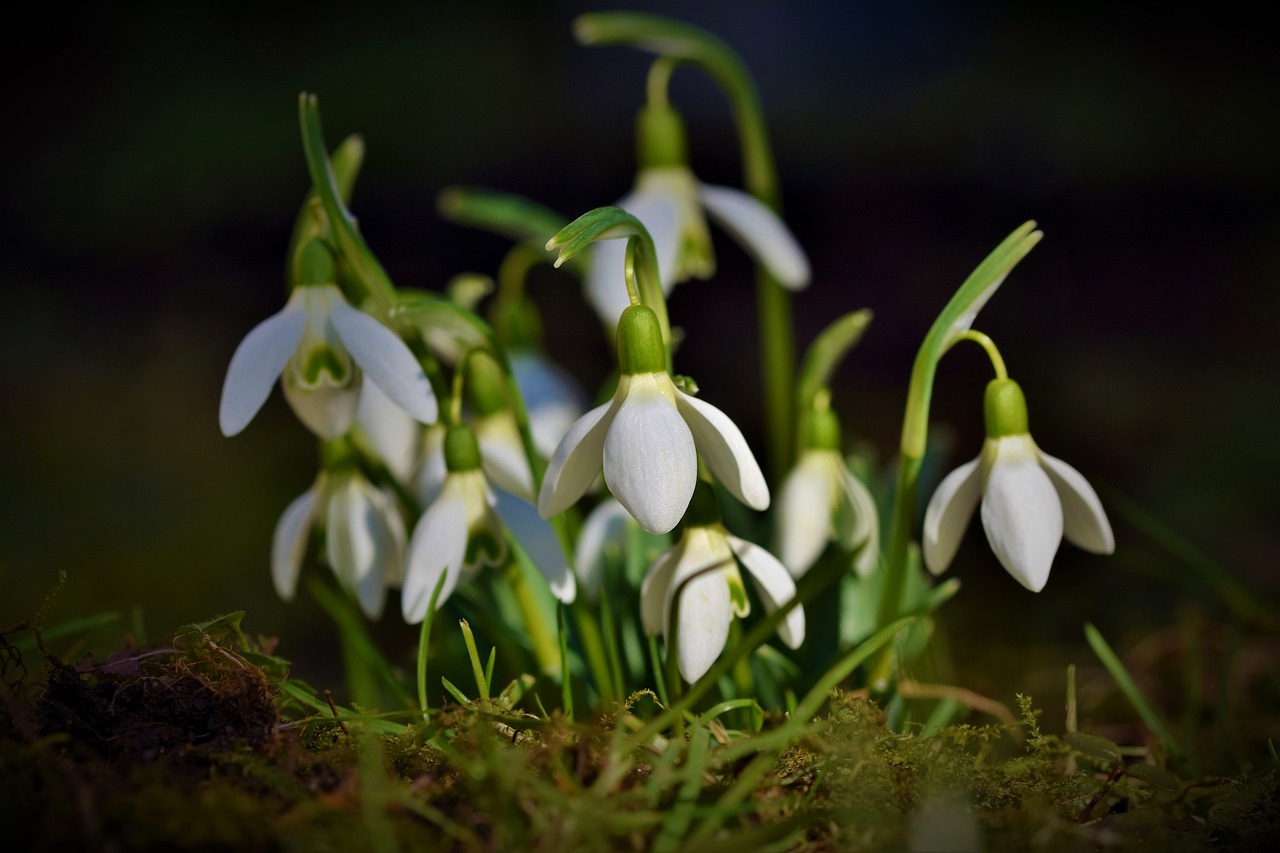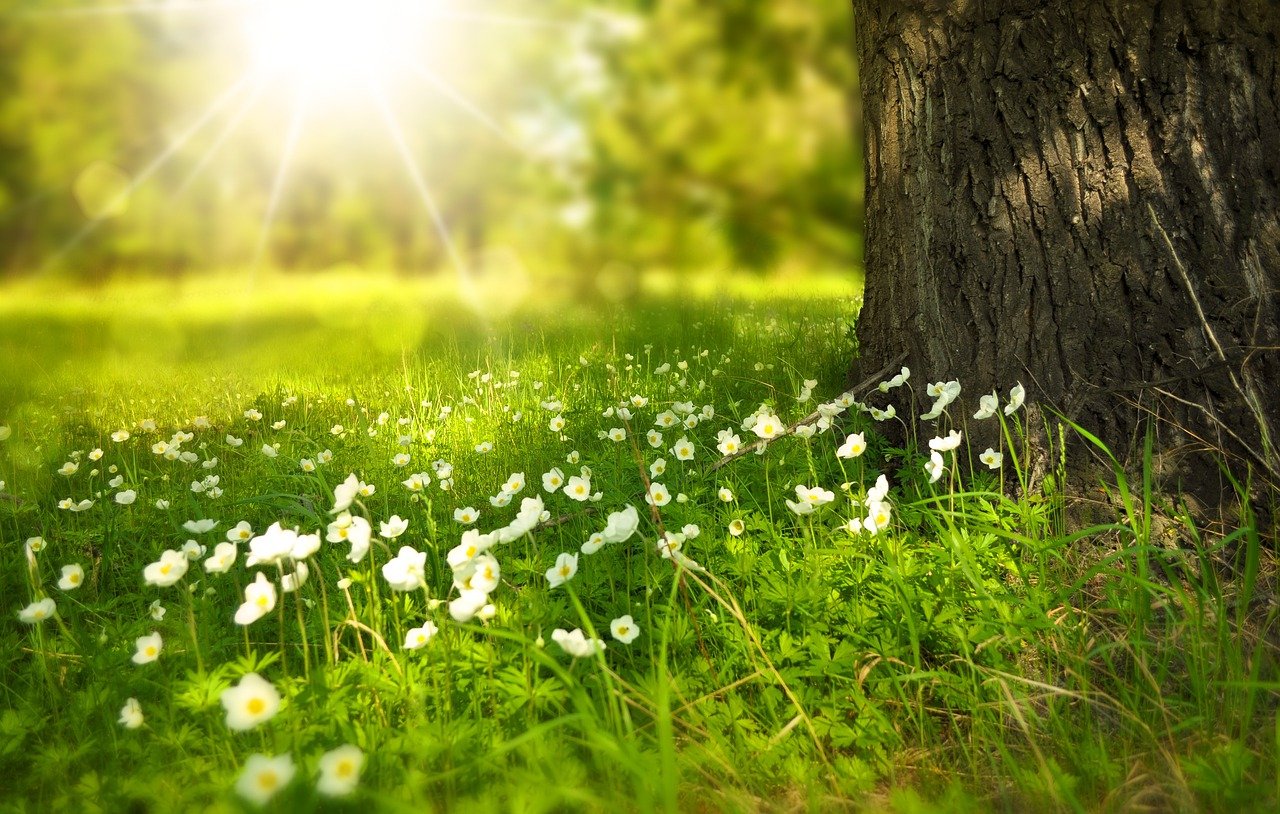By Clodagh and Dick Handscombe who live in a rural hanging valley above the Valencia rice fields where they garden holistically producing their own ecological vegetables, herbs, chickens, rabbits, and olive oil for their genuine mountain paellas, plus on occasions their own rice in an old bath.
Introduction to Making Paella
The word paella is known worldwide but there are much confusion and argument about what it is, where it originated from, and its various forms.
Therefore as we live in the unique La Drova/Barx mountain valley above the Valencia rice fields and grow all our own ingredients for preparing the traditional feast day version we decided to share what we have learned from elderly local folk over the past twenty-five years.
The traditional Valencia Mountain Paella is a dish for special occasions.

A variety of rice dishes are certainly cooked in shallow paella pans as an inexpensive filling meal, several days a week by some families, but the ingredients of these are limited compared to the festive celebratory family paella dish fit for a king.
In our village and the surrounding area, March is the traditional start of the Valencia Spanish Mountain Paella year. The month in which they are cooked at the various Falleros clubs of Valencian towns during the Fallas Fiesta week which finishes on the 19th March.
Soon after this, in March or April depending on papal calculations as to when Easter should be celebrated, large family groups cook their first genuine mountain paella of the year on Easter Monday.
Traditionally this was in the countryside and cooked over orange and olive wood fires until stringent fire regulations stopped this a decade ago.
Beyond this date, country-folk could originally only afford to use the best of their vegetables and meat for genuine ‘royal’ paellas on the feast of St. James July 25th, christenings, first communion celebrations, and weddings, and from the 1960’s October 9th Valencia Day when paella competitions often take place.
These traditional dates continue, but today most families can afford to produce the real thing for many more gatherings of family and friends. Some families did and still cook a special paella for Christmas day.
We, therefore, consider what is a genuine paella, how the essential ingredients can be largely self-grown, and how to combine them to produce your own gastronomic paella.
What is a genuine celebratory Paella and who might have first eaten it?
If we climb up to the ridge of the mountain in front of our house just to the north we see the famous rice fields south of Valencia and to the south the smaller rice fields of the Pego marshes.
Between the two where oranges and tourist developments now grow were mosquito-ridden marshes. An area where few persons lived except for a few fishermen and rice field workers until the C19 century when raids by North African pirates came to an end and the 1950’s when DDT helped clear the mosquito plagues.
The populated town of Gandia and villages were inland along the banks of the several rivers that run through the marshes to the sea and two or three hundred meters up in the coastal mountains. For centuries it was therefore normal that inland olive oil and livestock were bartered/traded for rice and fish from the coastal plain.
But the mountain villages themselves were not big meat eaters for economic reasons. Until 1836 our village of Barx was under the harsh feudal rule of a monastery at the foot of the mountains. Much produce went to the monastery including the wine, vegetables, and meat and after the dissolution of the monasteries to the growing coastal towns.
Additionally for several centuries during the mid 15th to mid 19th centuries mini ice age the village ice caves, tavernas, acted as the monastery deep freeze and fridge.
Today we are told that three local dishes evolved. A day-to-day rice stew with little meat and Arroz al Horno cooked in a wood oven with poor quality meat and the fully-fledged mountain paella for the important family gatherings previously listed.
But richer people in the town of Gandia and others could afford the best ingredients throughout the year and indeed Gandia was the economic epicenter of the Safor area and lands of the Dukes of Borja from the late C15. The family that provided several abbots of the Simat monastery, two of whom became popes and took the Safor gastronomic expertise to Rome from where it influenced the evolution of Italian gastronomy.
What is missed in the history of the paella is that the Monastery in Simat established a summer residence and rest home for the monks in La Droid. This would have been halfway on the direct route from the Monastery to the Borja family Palace in Gandia and from Gandia to other family palaces in Xativa where Pope Alexander VI was born.
It is therefore not inconceivable that demanding a meal comprising the best of locally grown and hunted produce members of the Borja family dined on an early version of today’s Mountain Paella in La Drova.
Interestingly the specialist paella restaurant Papallo was established in part of the buildings of the old Monastery mountain retreat and at the other end of the valley, the equivalent of today’s bed and breakfast with paella for lunch or dinner for travelers was established in 1925. Above both are caves where prehistoric families lived well off the herbs and wildlife of the then unspoiled valley.
The paella was and is, therefore, a special dish. An entire meal, one originally designed for communal eating from the pan but today more on individual plates, one worth the best fresh ingredients that can be afforded or spared from those normally traded and one worth spending time preparing by the head cook of the family.
Often this is still grandmother preparing something special for her entire brood. In other cases, the father or eldest son is the paella specialist but sadly this tradition is dying out.
So to take advantage of the historic valley in which we live we developed a holistic garden and nearby allotment and olive grove to ensure that we have the best ingredients for any Paella that we might prepare.
What are the essential ingredients that need to be grown or in the short term bought?

They are medium-grained Valencian rice, vegetables, meats, herbs and spices, local cold-pressed virgin olive plus fresh spring water if possible to avoid the subtle blend of flavors being tainted by the chlorine and other chemicals now added to domestic drinking water. All the ingredients can be grown in a holistic Spanish or Mediterranean garden elsewhere.
Within this framework, the most authentic and traditional mix of ingredients for a feast day mountain paella is described below.
A. Vegetables for Paella
The diversity of vegetables used makes the paella flavorsome, colorful, and healthy. The following are those generally used with popular seasonal variations. All can be homegrown relatively easily.
- Fruit vegetables
- Tomatoes
- Butter beans – fresh or dried
- Haricot beans – fresh or dried
- Climbing beans – green or red pod varieties
- Red pepper
n.b. In the spring fresh peas and broad beans are often used instead of the above beans which are only available fresh in the summer and autumn
- Flower/seed vegetables
- Artichokes add flavor and a greenish tint.
Medium grained rice grown in the Valencia rice fields or in an old bath in your garden. Our yield was 2.5 kilos!
- Saffron, an autumn crocus for coloring and flavor.
- Leafy vegetables/herbs
- Parsley
- Thyme
- Rosemary
- Root vegetables
- Garlic – added to the meatballs and when cooking the meat according to taste.
All except for the rice can be easily grown in the garden as explained in our book ‘Growing Healthy Vegetables in Spain’ and for apartment terrace gardeners as explained in ‘Apartment Gardening Mediterranean Style’.
B. Meats for Paella

Today the main meat ingredients are rabbit and chicken, minced pork for the very important meatballs(albondigas), and snails collected from the vegetable plot or mountainside. The latter is normally left out by expatriates or restaurants with a non-Spanish clientele.
We normally offer them as an optional side plate if nonsnail eaters are to be present. So apart from the pork the meat ingredients are easily raised in a holistic garden and are likely to be tastier if fed on greens, dried grass, herbs, and grains rather than commercial pellet feed.
Snails are normally fed on rosemary for two or three weeks before cooking to clean them and flavor the meat.
C. Other essential ingredients for Paella
Good water – preferably non-chlorinated – best from a local spring.
A chunk of several days old locally or home-baked bread for bread crumbs.
Flavorings and colorings as explained in the chart below.
A convenient place to cook the paella, the paellera, which might be a specially constructed outdoor kitchen with a wood fire, a wood fire in a sheltered place, or more and more a specially manufactured gas ring on a stand with a tube to a butane bottle.
A sunny day so that the paella can be eaten in the open air under the shade of a tree or umbrella.
Finally the most important thing the flat metal Caldero, or paella pan’ without which a paella cannot be cooked. For ease of cleaning some persons now use enameled covered calderas but the heat transfer is not as good.
In total, a paella meets all the requirements for being termed a Slow Food gastronome dish. Local ingredients are grown ecologically, part of a social and cultural tradition, fair reward for growers of ingredients and the chef, impossible to reproduce satisfactorily in a frozen or canned commercial version.






